3. London Stock Exchange
London Stock Exchange is a leading global stock exchange, which is a financial center in Europe. The official date of the foundation of the exchange is 1801, but the roots go back deep into the 1570s to the Royal Exchange.
The London Stock Exchange has its own shares in circulation. This exchange acts as a major global center for pricing securities and stock indices.
Like most exchanges, this exchange has its own information website with open access to stock quotes, stock analytics and other information components.
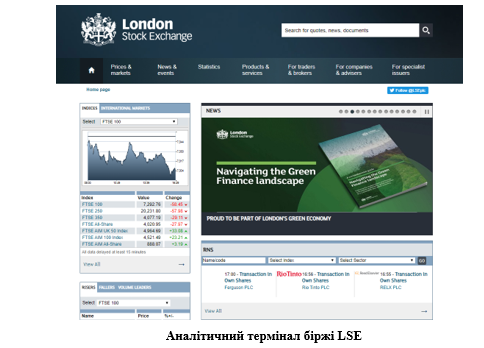
The history of the London Stock Exchange dates back to 300 years. Currently, this exchange is conducting various consolidations in order to expand its competitive advantages in the world.
In order to follow the development of the London Stock Exchange, it is necessary to provide its chronology, which is available on the exchange website:
1) 1698 - Jonathan's Coffee House.
John Castanet first published a list of prices for goods and shares in Jonathan's Coffee House.
2) 1773 - Moving to Sweeting's Alley
The official opening of the new building of The Stock Exchange took place.
3) 1802 - Planning of a new building.
Construction of a new site in Capel Court, which was equipped with the necessary material and technical base.
4) 1812 - Trading according to the
rules.
The First Book of Rules is published, covering issues ranging from trade settlements to certain restrictions on trade.
5) 1840 – Telegraph Revolution.
The Exchange adopts telegraphs and prices on the
New York Stock Exchange become available in London with a delay of 20 minutes instead of 16 days earlier.
6) 1872 – Ticker tape for the telephone.
The use of a ticker tape machine allows for instant price information.
7) 1914 – Aid to the military.
The Exchange plays a key role in raising funds through debt instruments to finance the troops in World War I.
8) 1923 – Obtaining its coat of arms.
The Exchange received its coat of arms with the inscription Dictum Meum Pactum.
9) 1945 – Missile strike on the exchange.
The exchange operated even during World War II, only being closed for one day during a direct missile strike.
10) 1970 – Real-time prices.
A market price display system was introduced, giving
brokers access to real-time prices for over 700 securities.
11) 1972 – New building.
The exchange moved to 125 Old Broad Street, the exchange building had 26 floors.
12) 1984 – Listing worth £4 billion.
The UK government sells 50.2% of British Telecom shares for £4 billion.
13) 1984 – FTSE 100 Index launched.
In partnership with the Financial Times, a real-time market capitalization stock index was launched – the Financial Times Stock Exchange 100 Index.
Computerization of stock trading and transformation of old stock exchanges into new electronic platforms.
15) 1995 – AIM launched.
An alternative investment market was launched, which provided an opportunity for small companies to develop.
16) 1997 – Automatic order matching.
Replacement of trading, settlement and information systems with new exchange electronic trading services SETS, which allow everything to be matched automatically.
17) 2004 – New exchange building.
The exchange moves to a new building, which it still maintains at 10 Paternoster Square.
18) 2007 – Borsa Italiana.
The London Stock Exchange merges with the Italian stock exchange Borsa Italiana.
19) 2015 – Green bonds.
One of the first exchanges in the world to launch trading in so-called green bonds.
20) 2017 – ISM International Securities Market.
ISM is launched to provide issuers of fixed income bonds with an efficient and straightforward trading process.
21) 2018 – Issuer Services.
The London Stock Exchange launches a new digital hub to serve exchange trading participants to maximize access to unique solutions.
22) 2019 – Shanghai-London Stock Connect.
Partnership between two stock exchanges. Cross-listing is applied. Exchange trading participants have access to securities of both stock exchanges.
23) 2020 is an anniversary year.
20th anniversary of the first ETF listing in London, as well as 25th anniversary of AIM, which has become a growth market.
24) 2021 is a record year for IPOs.
In 2021, the London Stock Exchange became the world's largest IPO center, providing the exit of 120 companies.
25) 2022 – Supporting the development of private markets.
The London Stock Exchange has announced a strategic partnership with Floww, providing efficient access to capital and liquidity in the private
equity markets.
The London Stock Exchange (LSE) is committed to strengthening the competitive advantage of the EU and global stock markets.
Members of the London Stock Exchange can obtain the right to trade a variety of
financial instruments on the exchange's trading platforms, including UK and international money market shares, exchange-traded derivatives, depositary receipts, debt instruments and hybrid financial instruments.
The exchange has over 350 members. The exchange provides clients with the opportunity to choose a broker with a functional purpose that is important for trading various types of assets on the London Stock Exchange.



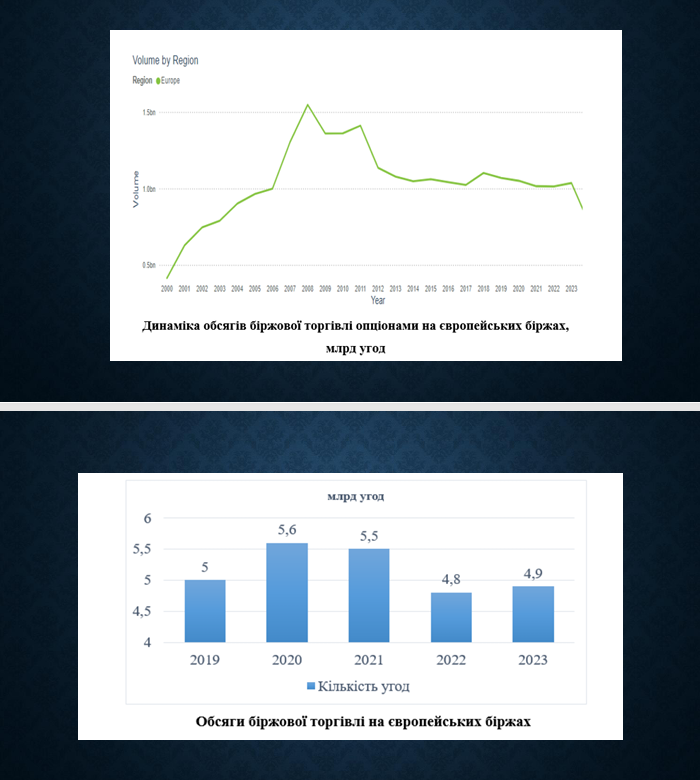
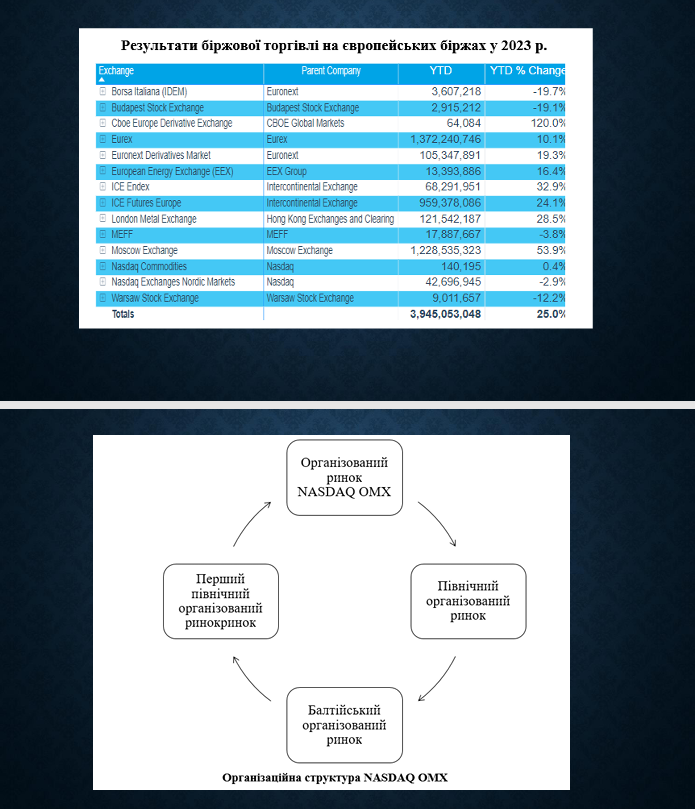
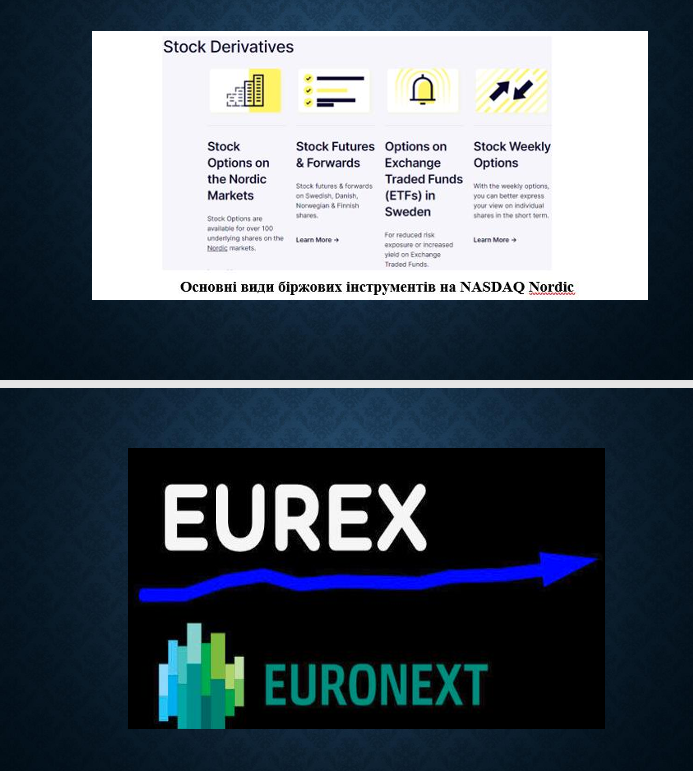
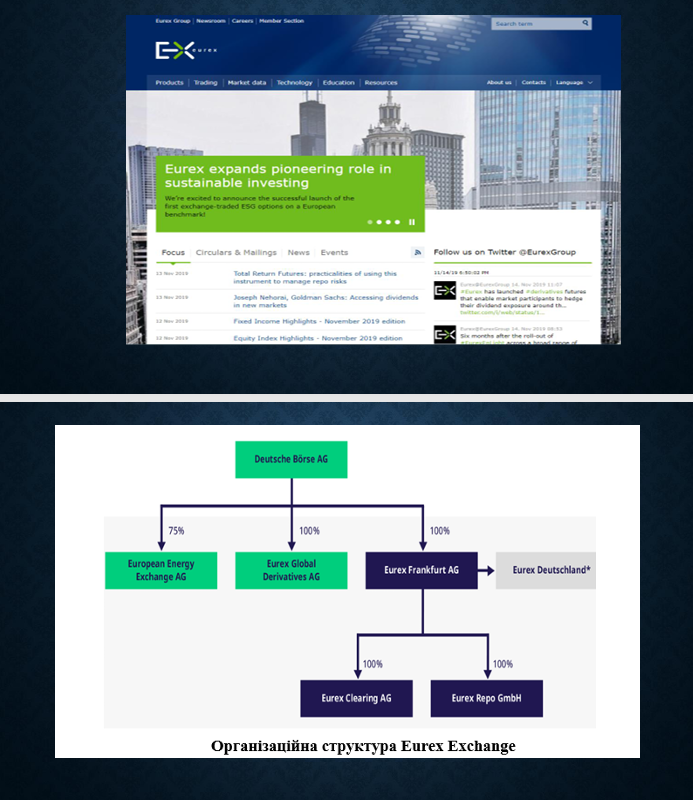
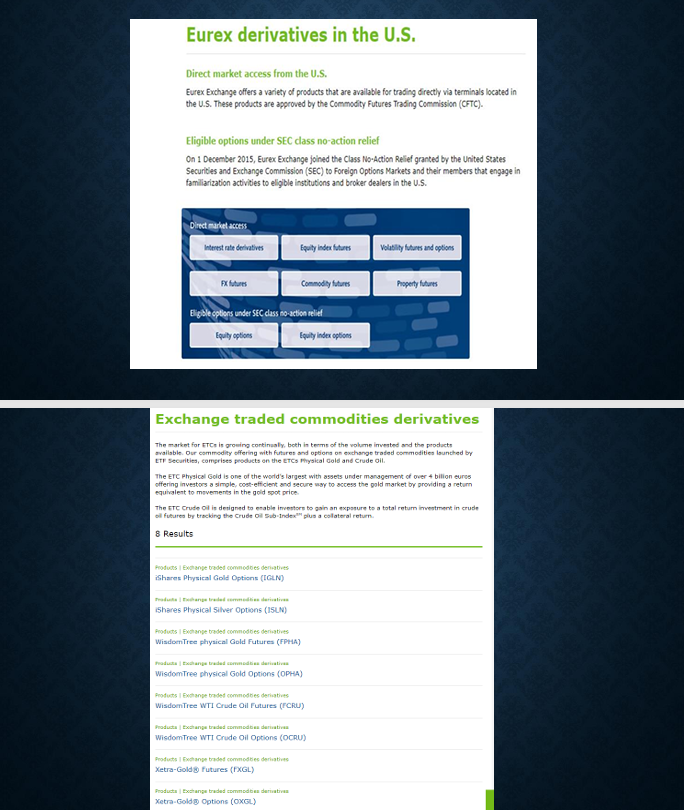
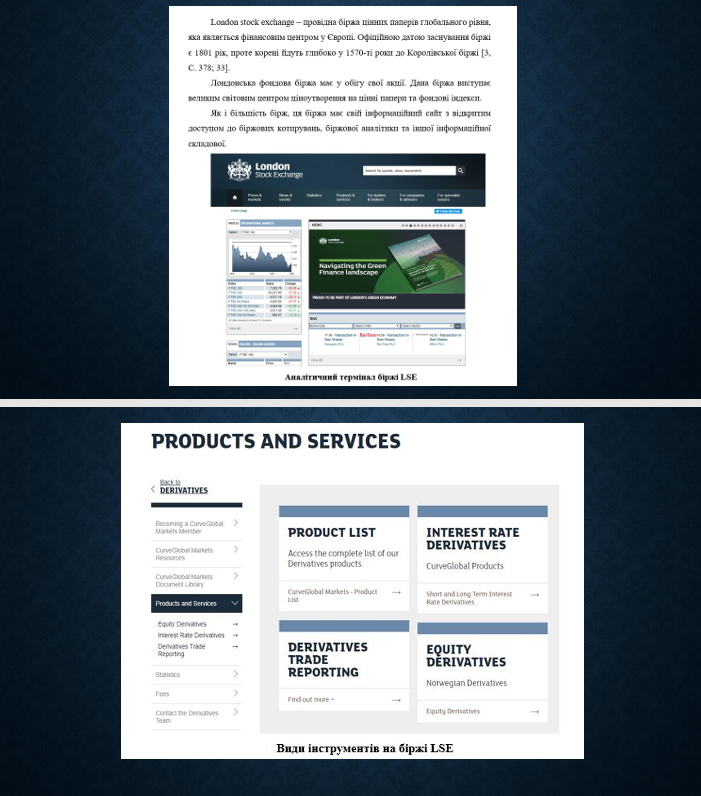
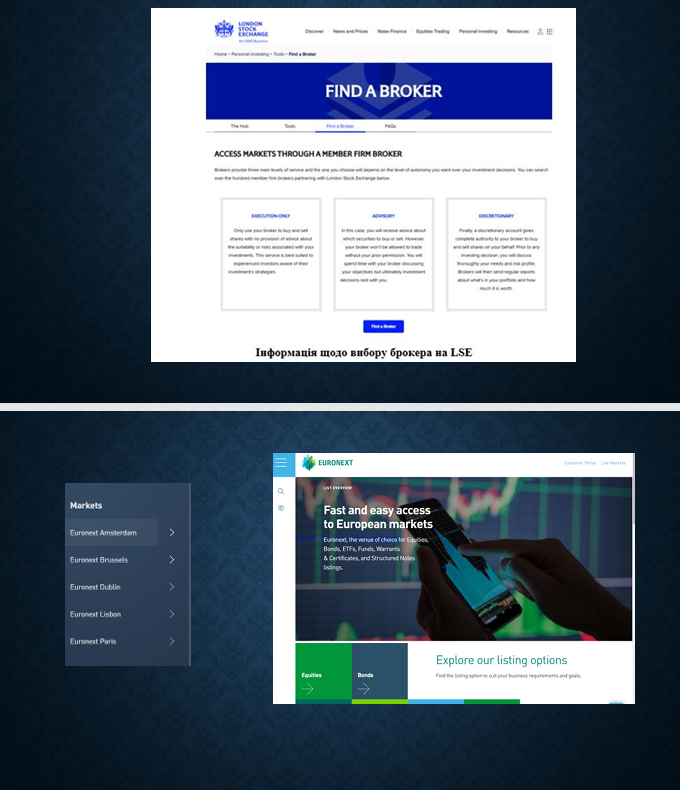
Шрифти
Розмір шрифта
Колір тексту
Колір тла
Кернінг шрифтів
Видимість картинок
Інтервал між літерами
Висота рядка
Виділити посилання
Text Alignment